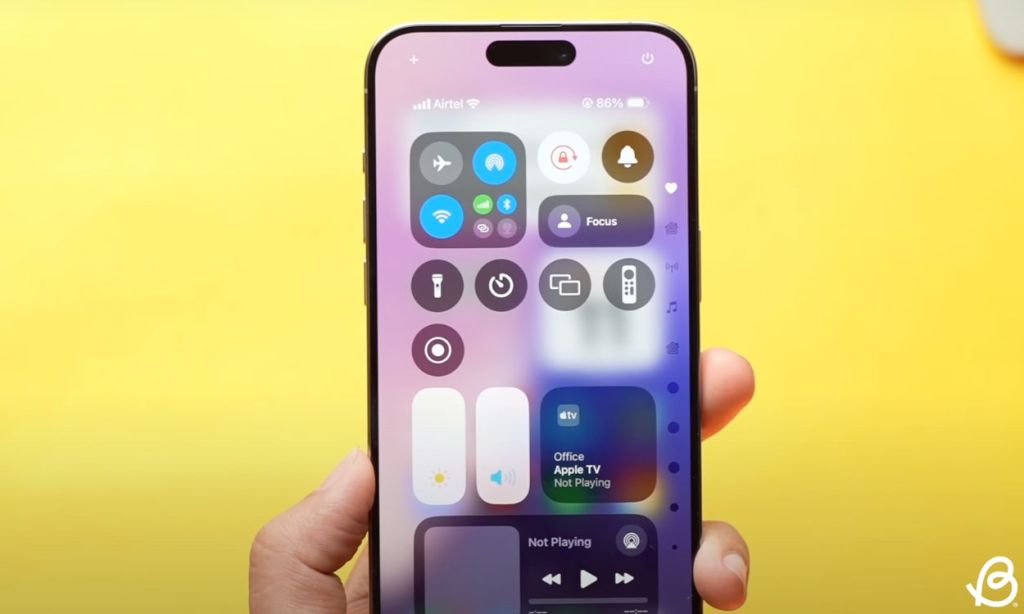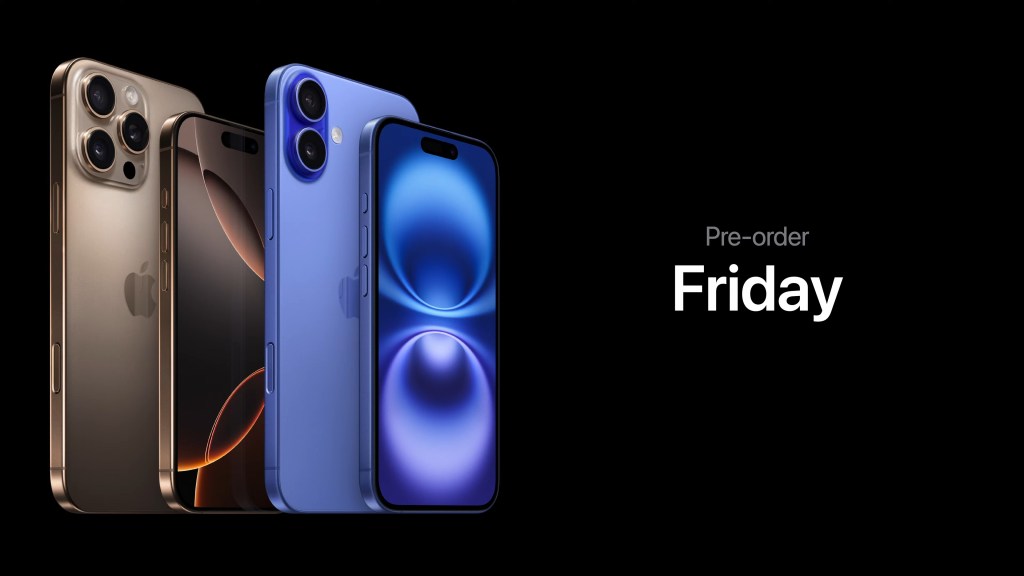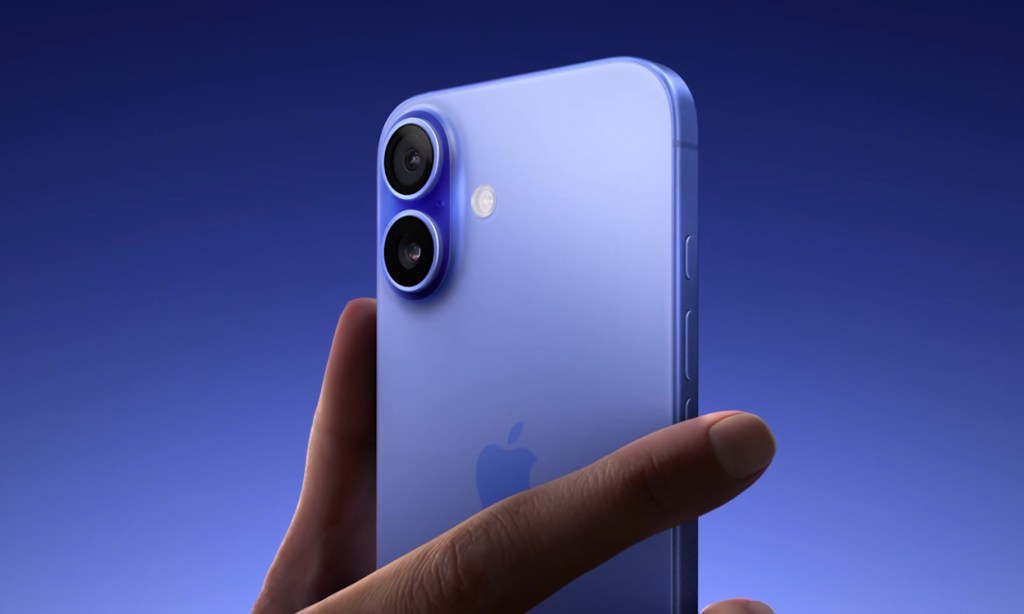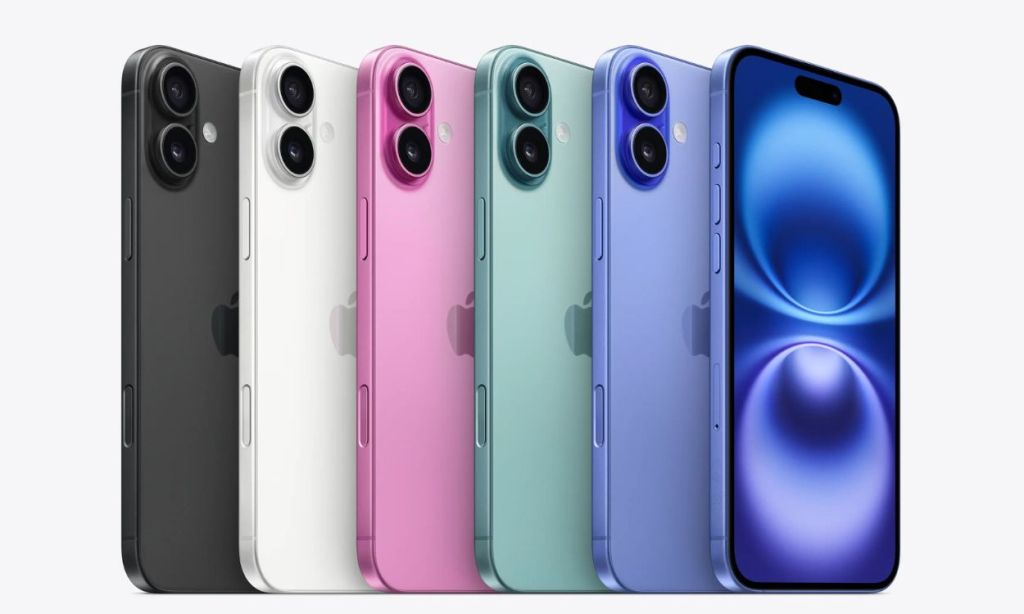Immersed in Audio Innovations. More than 20 demonstration cars. evidence number of sponsors. Sold-out registrations for the 5th Audio Engineering Society (AES) Automotive Audio Conference at the spectacular Geely Uni3 Center, in the historical town of Gothenburg, Sweden. Roger Shively explains why the 5th global AES Conference on Automotive Audio, in Gothenburg, Sweden will be 1 to remember.
Photos by Pierre Bendayan (AES) and J. Martins (audioXpress)
The unofficial number was 330 attendees, with a waiting list of dozens more for the sold-out 5th Audio Engineering Society (AES) Automotive Audio Conference at the spectacular Geely Uni3 Center, in the historical town of Gothenburg, Sweden. I am arrogant to have been a part of the planning committee for all our automotive conferences and I was the co-chair of this event. This 1 was 1 of the biggest, most well-attended AES conference, let alone Automotive Conference.
Watching the 20-plus line of cars pull into the Uni 3’s “theater” exhibit space with its high, vaulted, ceiling, was profound, knowing that at the first AES Automotive Audio Conference (now called 0th, due to the fact that there have been six in total), there were 3 cars and 50 attendees. The humble 0th in June 2009 at the Ritz Carlton (now “The Henry”) in Dearborn, MI, may have had little than a fistful of cars available in the tiny circular drive outside the Ballroom in the late afternoon of the last day, but the ideas then were as large and as prescient as those in Gothenburg, 15 years later.
 The 2023 diary of the Audio Engineering Society (JAES) “Best Paper Award” went to an Automotive Audio Paper by Yu “Dewey” Du, “Speech Intelligibility and Quality Evaluation of Automotive Microphones utilizing Different Test Metrics and Their Correlation,” presented by AES President, Leslie Gaston-Bird. photograph by Pierre Bendayan (AES).
The 2023 diary of the Audio Engineering Society (JAES) “Best Paper Award” went to an Automotive Audio Paper by Yu “Dewey” Du, “Speech Intelligibility and Quality Evaluation of Automotive Microphones utilizing Different Test Metrics and Their Correlation,” presented by AES President, Leslie Gaston-Bird. photograph by Pierre Bendayan (AES).
In 2009, I witnessed the Art and discipline of Automotive Audio Evaluations, Wideband Speech Communication, Natural Speech Dialog Initiation, Signal Processing of Multichannel Sound, The Very tiny area Acoustics Modeling of a car Cabin, Advances in Microphones, Loudspeakers, and Amplifiers, Mobile net Audio, Digital Audio Networks, Active sound Control for Automobiles, and Designing Interior Audio Cues for Hybrid and electrical Vehicles, which were all on the program.
It had been 20 years since the first branded audio strategy had been put into an OEM-built automobile. The growth in the quality and the technology was evident then, and the imagination for what would be the course for the next 15 to 20 years was becoming clear. All these technologies were in the cradle, waiting for the next OEM vehicle improvement and production cycle, so they could emerge. In June of 2024 in Gothenburg, I saw the maturity and overwhelming relevance of Automotive Audio in the modern state of cutting-edge technology, and how it’s taking immense strides.
We added to the event in Gothenburg a professional-grade immersive audio listening area coordinated by Thomas Lund and his squad at Genelec. It provided a mention for what could be heard in many of the demonstration vehicles. Stefan Bock and Morten Lindberg besides shared insights and education on immersive audio. The area was available throughout the days of the conference.
 AES Automotive Audio Conference planning committee and volunteers squad in Gothenburg, Sweden. photograph by Pierre Bendayan (AES).
AES Automotive Audio Conference planning committee and volunteers squad in Gothenburg, Sweden. photograph by Pierre Bendayan (AES).
 It was a completely full area for the beginning keynote of the conference…
It was a completely full area for the beginning keynote of the conference…
 …where Jonatan Ewald, who was liable for the end-user experience of all audio systems at Volvo Cars as well as for many of Polestars vehicles, captivated the audience with a series of thought-provoking ideas about the automotive audio manufacture present and what might lie ahead.
…where Jonatan Ewald, who was liable for the end-user experience of all audio systems at Volvo Cars as well as for many of Polestars vehicles, captivated the audience with a series of thought-provoking ideas about the automotive audio manufacture present and what might lie ahead.
 Rafael Kassier, conference chair, asks the auditorium who attended the first AES Automotive Audio conference (0th) in Dearborn.
Rafael Kassier, conference chair, asks the auditorium who attended the first AES Automotive Audio conference (0th) in Dearborn.
The focus of the conference was the method paper presentations and the workshop and tutorial panels in the auditorium down the hall from the immersive audio area and next door to the exhibit hall. The problem we have faced each time with the Automotive Audio conferences is how to give all the attendees the chance to perceive to and observe the method presentations, while besides being able to experience the demonstrations and exhibits. With each conference, the problem grows.
This year, there was space in the auditorium for 200 of the 300-plus attendees. But this year’s conference besides provided a large digital screen in the exhibit space and wireless earphones. The exhibitors and those who couldn’t sit in the auditorium could watch and perceive from anywhere in the venue.
The beginning keynote address, given by Jonatan Ewald of Volvo, discussed trends in automotive audio from an OEM perspective, and neatly contextualized the wider topics that would reappear throughout the day: Software-Defined Vehicles, software platforms, and the vehicle “ecosystem” of hardware and software in which multiple suppliers and OEMs interact. Jonatan’s keynote was a mention point for many of the presenters throughout the conference.
José María Marín from Blackberry QNX set the phase talking about the software-defined vehicle age, where audio becomes a fresh playing field for innovation and differentiation. How OEMs now require advanced audio SW platforms that let them to develop, deploy, and upgrade audio throughout the vehicle’s lifecycle, and what that means to fresh business models and opportunity. Paul Beckmann from DSP Concepts followed up with “Leveraging Multiple Threads and Core for Advance Automotive Audio Processing.”
 José Maria Marín introducing BlackBerry QNX at the conference and challenging the automotive audio and acoustics community to join efforts around computing platforms as the ticket to coexistence, friendly collaboration, and cooperation.
José Maria Marín introducing BlackBerry QNX at the conference and challenging the automotive audio and acoustics community to join efforts around computing platforms as the ticket to coexistence, friendly collaboration, and cooperation.
 The Automotive Audio Conference held in Gothenburg “brought together any of the brightest minds and most innovative thinkers in the industry, and it was your incredible paper presentations that truly made it exceptional,” says Samira Mohamady, conference papers chair. photograph taken at the end of the fascinating session “An Empirical Evaluation of In-Car Acoustic Measurements for the Sports car Scenario,” by Michele Buccoli (Senior Innovation Scientist, BdSound).
The Automotive Audio Conference held in Gothenburg “brought together any of the brightest minds and most innovative thinkers in the industry, and it was your incredible paper presentations that truly made it exceptional,” says Samira Mohamady, conference papers chair. photograph taken at the end of the fascinating session “An Empirical Evaluation of In-Car Acoustic Measurements for the Sports car Scenario,” by Michele Buccoli (Senior Innovation Scientist, BdSound).
 Samira Mohamady hosts the panel on NVH, Sound, and Speech with Jens Feldhaus (VW Group), Xiaojun Qiu (Huawei), Yu (Dewey) Du (Harman), Fabio Cagnetti (BdSound), Sylvain Chevalier (SoundHound AI), and Jacob Soendergaard (HEAD acoustics).
Samira Mohamady hosts the panel on NVH, Sound, and Speech with Jens Feldhaus (VW Group), Xiaojun Qiu (Huawei), Yu (Dewey) Du (Harman), Fabio Cagnetti (BdSound), Sylvain Chevalier (SoundHound AI), and Jacob Soendergaard (HEAD acoustics).
Later the same day, many of the software providers, from DSP Concepts, QNX, Harman, Dirac, and Sennheiser sat on the same panel to discuss “What is Software Architecture, Platform, and Use.” It was a fundamental, but complicated discussion about the current state of collaborative strategy development, which is equally fundamental and complicated.
In that session, Paul Beckmann launched a fascinating quest for upcoming years, proposing a fresh initiative around Audio Processing Units with standard application facing APIs, creating a 3rd organization IP Ecosystem around purpose-built chips for audio acceleration. A task that he compared to akin successful efforts for graphics that took place earlier on in the computer industry.
The day continued to its conclusion with “Validation of simulations of vehicle loudspeakers in advanced frequencies,” “Audio speech origin separation and enhancement,” and “Loudspeaker control utilizing neural networks.”
 Paul Beckmann expands on the concept of Audio Processing Units (APUs), around which he proposes the audio manufacture and software framework vendors should work with the silicon vendors and make an IP ecosystem that would importantly accelerate systems integration in automotive audio.
Paul Beckmann expands on the concept of Audio Processing Units (APUs), around which he proposes the audio manufacture and software framework vendors should work with the silicon vendors and make an IP ecosystem that would importantly accelerate systems integration in automotive audio.
The second day began with a keynote from Dr. Xiajun Qiu from Huawei on active sound control in automotive cabins. This set the phase for a day of method sessions focused on the vehicle sound plan and on how sound is perceived in a vehicle. Topics ranged from the transferring of personalized sound profiles from consumer products to automotive audio and comparisons of virtual tallness rendering.
A second-day standout for me was Gilbert Soulodre of Camden Labs, who gave an introductory talk on sound plan for engine sound synthesis, and what software-related problems inactive request to be addressed here. The afternoon was dedicated to NVH, Sound, and Speech as well as additional studies on our directional perception of virtual sources and “the perceived spatial degree of active sound control.”
The evening of the second day finished with dinner, drinks, and live music, and the chance to finish conversations and start fresh ones. There was excitement for another conference already, which we are beginning to plan, with a future anticipation of adding a conference in Asia.
The excitement surrounding what lies ahead for the conference carried over into the next morning. But there remained a full 3rd day to witness and experience. The keynote for the closing day of the conference was given by Jan Skoglund of Google. His subject was “Bringing immersive audio to the masses,” centering around open formats for all types of developers of audio and algorithms to enjoy.
 To advance the possibilities of the Immersive Audio Model and Formats (IAMF) container format, Swedish audio DSP pioneer Dirac promoted a demonstration of the world’s first in-car IAMF spatial audio installation in cooperation with Google Open Media and sound plan home Vaudeville Sound.
To advance the possibilities of the Immersive Audio Model and Formats (IAMF) container format, Swedish audio DSP pioneer Dirac promoted a demonstration of the world’s first in-car IAMF spatial audio installation in cooperation with Google Open Media and sound plan home Vaudeville Sound.
 Andreas Ehret, elder Director, Automotive at Dolby Laboratories, presenting his position of the Automotive manufacture for 2024 and the upcoming years. Dolby experiences, including Dolby Atmos immersive audio, are already available in a increasing number of cars around the planet – 18 on the roads at this point.
Andreas Ehret, elder Director, Automotive at Dolby Laboratories, presenting his position of the Automotive manufacture for 2024 and the upcoming years. Dolby experiences, including Dolby Atmos immersive audio, are already available in a increasing number of cars around the planet – 18 on the roads at this point.
Skoglund was followed up by Andreas Ehret of Dolby, to discuss the evolution of Dolby’s technologies for vehicles, “Automotive car manufacture 2024: Fever Pitch Times for Engineers.” With many of the demonstrations at this AES conference showcasing the virtues of immersive audio, utilizing Dolby Atmos content as a reference, this presentation focused on the car industry’s roadmap and how audio needs to keep up with the accelerating pace of innovation in content, usage cases, and strategy complexity. Interestingly, if any position was needed, attendees only had to proceed to 1 of the remaining presentations in the Genelec Forrest room, and experience amazing immersive sound mixes.
The presentations flowed during the final day: “Virtual sensing strategies for active control of road sound in an EV,” “In-situ measurement and Evaluation of an Automotive Audio Haptic System,” “Empirical Evaluation of in-car Acoustic Measurements for the Sports car Scenario,” “Demystifying Crosstalk Cancellation for Spatial and individual Automotive Audio,” “In-vehicle Audio Performance Envelopes – Definitions, Key Factors, and Value to Design,” and the Automotive Audio method Committee’s White Paper “In-car Acoustic Measurements,” following up on tips and challenges in the measurement techniques.
At the end of the day, underlining the reality of software development, Neal Michie from PACE Anti-Piracy talked about protecting software intellectual property, the risks of reverse engineering, and applicable steps to defend the value of a developer’s algorithms.
 BlackBerry QNX says it hosted more than 100 client presentations of its QNX Sound demo car and audio software architectures at the conference. QNX BlackBerry besides sponsored a very well-attended organization on the first night of the conference at the Steampunk Bar in Gothenburg!
BlackBerry QNX says it hosted more than 100 client presentations of its QNX Sound demo car and audio software architectures at the conference. QNX BlackBerry besides sponsored a very well-attended organization on the first night of the conference at the Steampunk Bar in Gothenburg!
 With more than 330 registered attendees confirmed a week before the conference and a long waiting list the prior day to the opening, the Gothenburg conference generated an intense 3 days of engaging conversations between manufacture experts.
With more than 330 registered attendees confirmed a week before the conference and a long waiting list the prior day to the opening, the Gothenburg conference generated an intense 3 days of engaging conversations between manufacture experts.
 Multi-Grammy Award-winner maker and engineer Morten Lindberg addressing the automotive audio manufacture audience to share thoughts about how carefully crafted recordings and mixes should be the mention for the experience inside the car, independently of the audio formats.
Multi-Grammy Award-winner maker and engineer Morten Lindberg addressing the automotive audio manufacture audience to share thoughts about how carefully crafted recordings and mixes should be the mention for the experience inside the car, independently of the audio formats.
The three conference days were graced with beautiful Spring sunshine in Gothenburg, inspiring the temptation to research the vibrant city life, just a ferry ride across the river from the Uni3 center. The 3rd day brought rain overnight. Gothenburg wasn’t necessarily sad to see us go. We were a joyous group and happy tenants of the Uni3 center. The weather simply reminded everyone about the start of another cycle.
All in all, looking back, it was a quantum leap in many ways from the dreams we had in 2009, and beyond the imagination from those in 1983. Automotive audio is inactive a vital part of the automotive industry’s future and the future of the audio industry. Those of us who are part of the Audio Engineering Society and work in the automotive audio manufacture don’t always know if our work is noticed or appreciated. all 2 years this group of gypsies reunites with a sense of community. There is simply a sense of joy in connecting for a long weekend, assessing what we have done individually and together, to know how and what it is – and then, we go each our own way, to meet up again down the road.
 Steve Temme (Listen) promoted a fresh standard approach for in-car measurements of frequency response, impulsive distortion, and Max SPL at the Gothenburg conference. Temme joined a panel discussion with Stefan Irrgang, Jonatan Ewald, Jayant Datta, and Marco Olivieri to discuss the TC-AA proposed standards for in-car measurements.
Steve Temme (Listen) promoted a fresh standard approach for in-car measurements of frequency response, impulsive distortion, and Max SPL at the Gothenburg conference. Temme joined a panel discussion with Stefan Irrgang, Jonatan Ewald, Jayant Datta, and Marco Olivieri to discuss the TC-AA proposed standards for in-car measurements.
 Semiconductor companies specified as NXP, Analog Devices, and Cirrus Logic sponsored the AES Automotive Audio conference and all reported large exchanges with the experts from the manufacture attending the event.
Semiconductor companies specified as NXP, Analog Devices, and Cirrus Logic sponsored the AES Automotive Audio conference and all reported large exchanges with the experts from the manufacture attending the event.
 Record number of Sponsors for an AES convention. This event was supported by BlackBerry QNX, Audio Foundry, Harman Automotive, Bose Corporation, Dirac, Audiokinetic, PACE Anti-Piracy, Sonavox Europe, BdSound, Dolby, Analog Devices, Fraunhofer IIS, Acuo Audio Research, HEAD acoustics, Dynaudio, NXP Semiconductors, Huawei, Sennheiser Mobility, Impulse Audio Labs, MOBIS, Arkamys, Listen, GRAS Sound and Vibration, Cirrus Logic.
Record number of Sponsors for an AES convention. This event was supported by BlackBerry QNX, Audio Foundry, Harman Automotive, Bose Corporation, Dirac, Audiokinetic, PACE Anti-Piracy, Sonavox Europe, BdSound, Dolby, Analog Devices, Fraunhofer IIS, Acuo Audio Research, HEAD acoustics, Dynaudio, NXP Semiconductors, Huawei, Sennheiser Mobility, Impulse Audio Labs, MOBIS, Arkamys, Listen, GRAS Sound and Vibration, Cirrus Logic.
This article was originally published in The Audio Voice newsletter, (#475), July 11, 2024.









